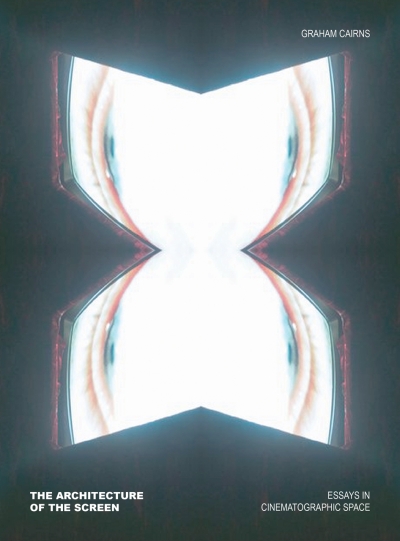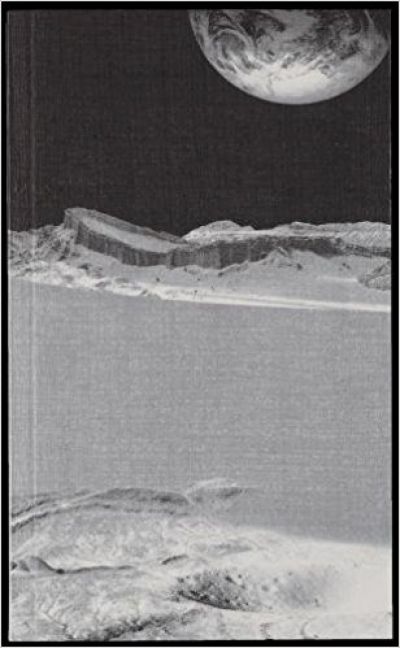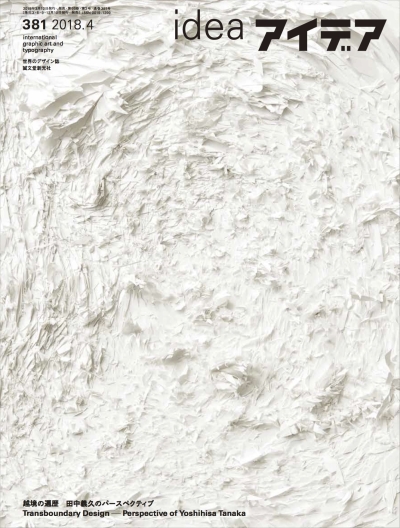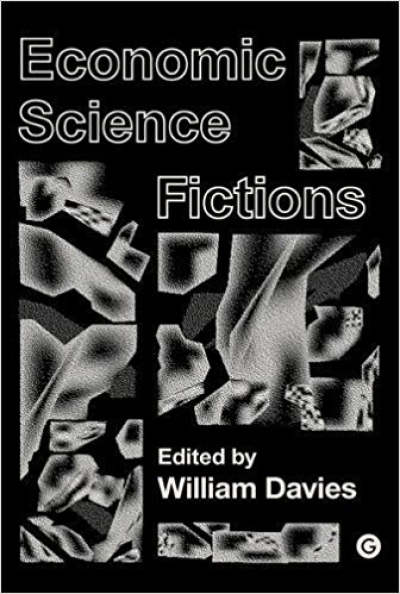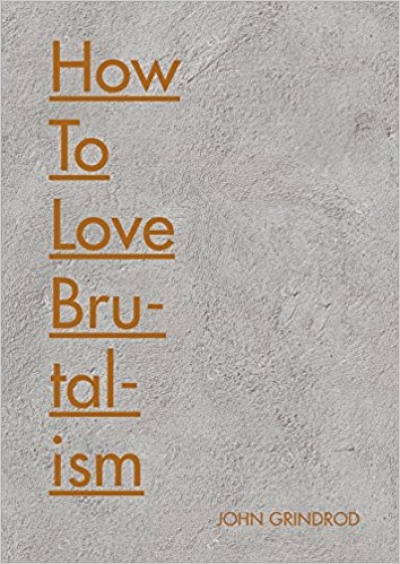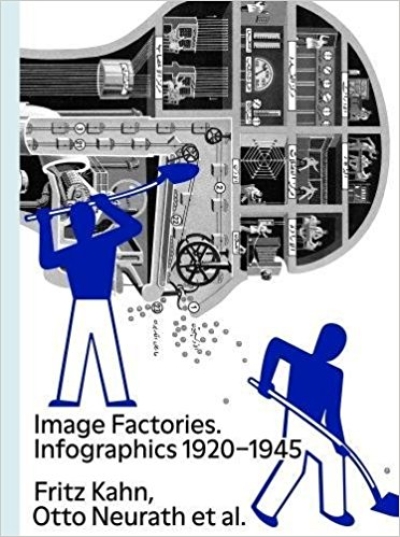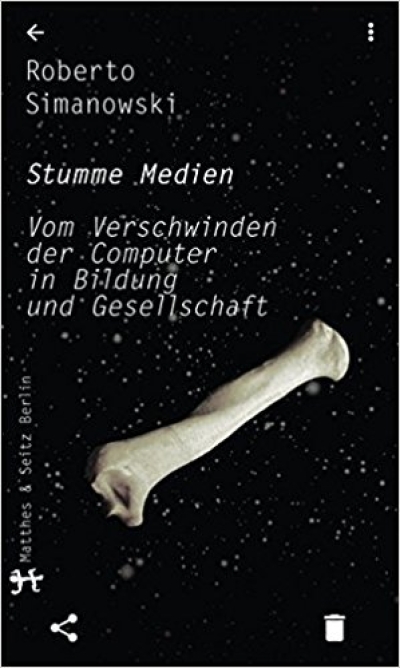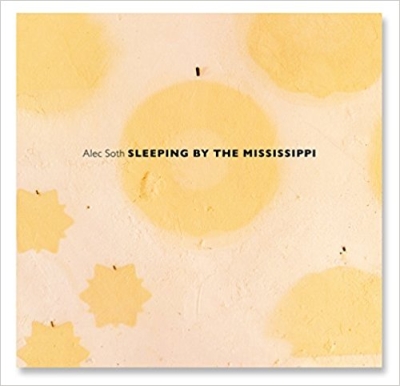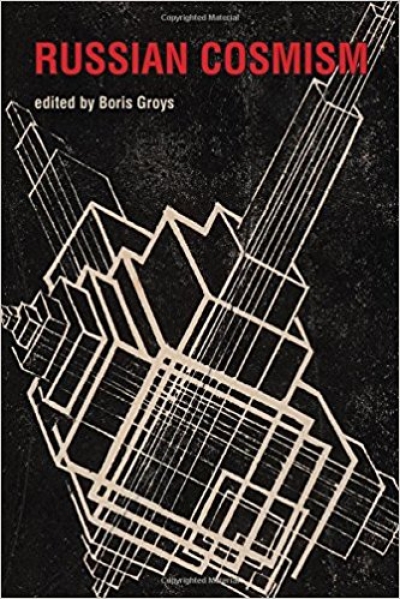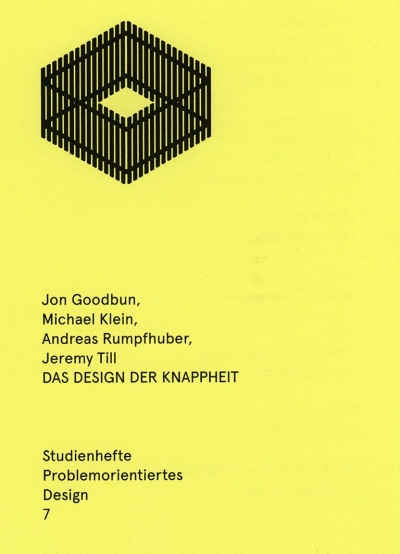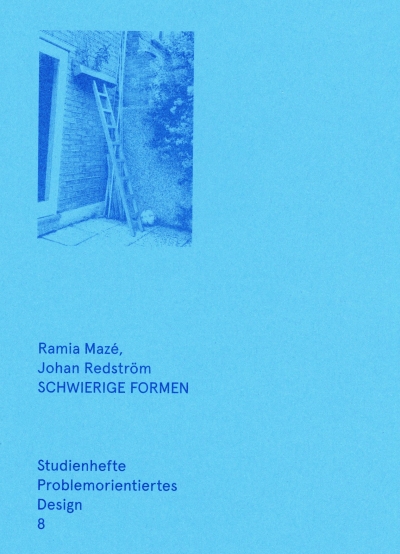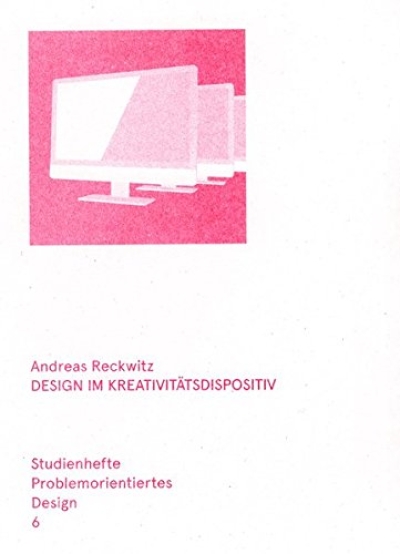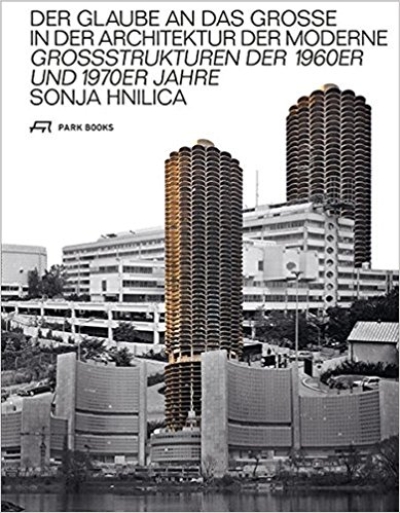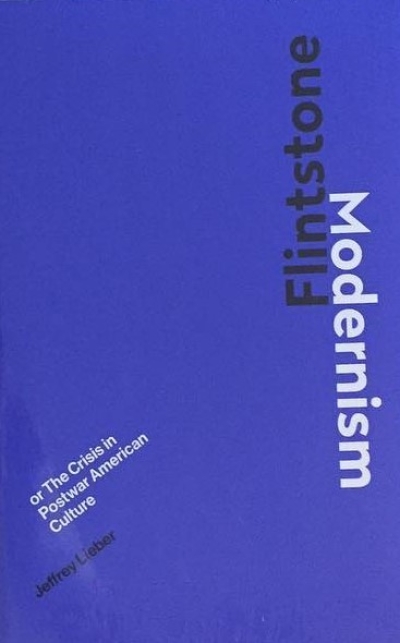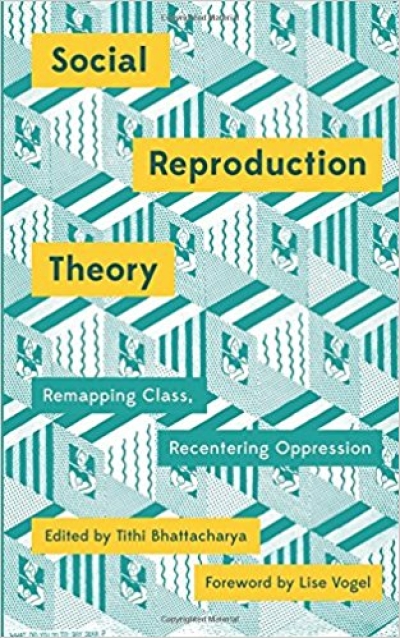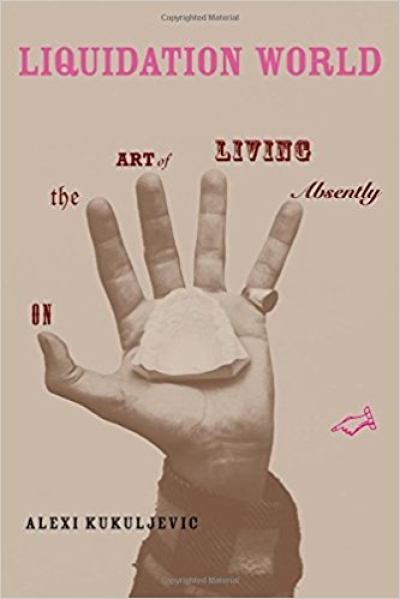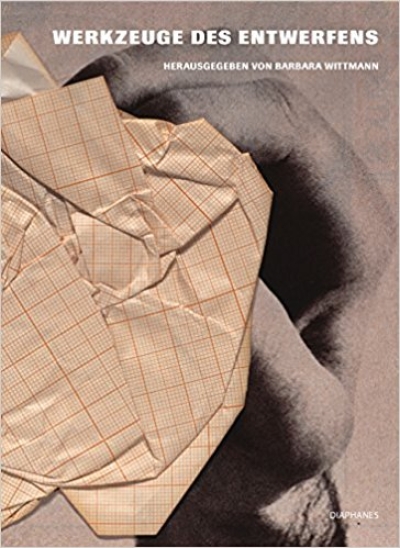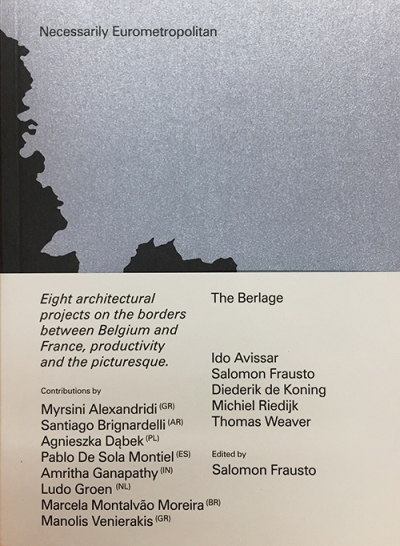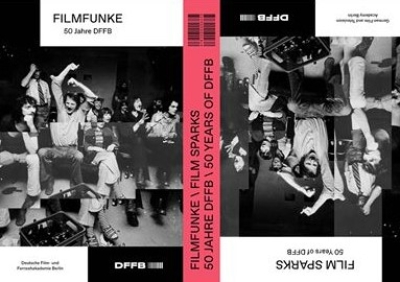gerade nicht auf Lager
Anne Vogelpohl, Boris Michel, Henrik…
Raumproduktionen II. Theoretische Kontroversen und…
Esra Akcan
Open Architecture: Migration, Citizenship and the Urban…
gerade nicht auf Lager
King ADZ, Wilma Stone
This is Not Fashion: Streetwear Past, Present and Future
gerade nicht auf Lager
L. Feireiss, M. Najjar (Eds.)
Planetary Echoes. Exploring the Implications of Human…
IDEA Magazine
IDEA 381. Transboundary Design. Perspective of Yoshihisa…
gerade nicht auf Lager
William Davies (Ed.)
Economic Science Fictions
gerade nicht auf Lager
John Grindrod
How to Love Brutalism
gerade nicht auf Lager
H. Doudova, St. Jacobs, P. Rössler (Hg)
Image Factories: Infographics 1920-1945. Fritz Kahn, Otto…
gerade nicht auf Lager
Edward Eigen
On Accident. Episodes in Architecture and Landscape
gerade nicht auf Lager
Michael Lewrick, Patrick Link, Larry…
Das Design Thinking Playbook: Mit traditionellen, aktuellen…
gerade nicht auf Lager
Oxana Timofeeva
The History of Animals. An Essay On Negativity, Immanence…
gerade nicht auf Lager
Roberto Simanowski
Stumme Medien. Vom Verschwinden der Computer in Bildung und…
gerade nicht auf Lager
Byung-Chul Han
The Expulsion of the Other: Society, Perception and…
gerade nicht auf Lager
Alec Soth
Sleeping by the Mississippi
gerade nicht auf Lager
Boris Groys
Russian Cosmism
Jon Goodbun, Michael Klein, Andreas…
Das Design der Knappheit (Studienhefte Problemorientiertes…
Ramia Mazé, Johan Redström
Schwierige Formen. Kritische Praktiken im Design und in der…
Andreas Reckwitz
Design im Kreativitätsdispositiv (Studienhefte…
gerade nicht auf Lager
Sonja Hnilica
Der Glaube an das Grosse in der Architektur der Moderne:…
gerade nicht auf Lager
Alison Hugill (Ed.)
Co-machines. The Mobile Disruptive Architecture
gerade nicht auf Lager
Jeffrey Lieber
Flintstone Modernism. Or the Crisis in Postwar American…
gerade nicht auf Lager
Tithi Bhattacharya (Ed.)
Social Reproduction Theory. Remapping Class, Recentering…
Dominik Landwehr
Machines and Robots (Edition Digital Culture 5)
Alexi Kukuljevic
Liquidation World: On the Art of Living Absently
Barbara Wittmann
Werkzeuge des Entwerfens
gerade nicht auf Lager
B. Groß, H. Bohnacker, J. Laub
Generative Gestaltung: Creative Coding im Web Entwerfen,…
gerade nicht auf Lager
Salomon Frausto
Necessarily Eurometropolitan
gerade nicht auf Lager
Brandon LaBelle
Sonic Agency. Sound and Emergent Forms of Resistance
Nicolas Wackerbarth, Marcus Seibert (Hg…
Filmfunke. 50 Jahre DFFB / Film Sparks. 50 Years of DFFB
gerade nicht auf Lager
KW KunstWerke, Anna Gritz (Hg)
Judith Hopf. A Reader
gerade nicht auf Lager
Kenny Cupers, Markus Miessen (Hg)
Spaces of Uncertainty - Berlin revisited: Potenziale…
gerade nicht auf Lager
Katja Aßmann, Markus Bader, Fiona…
Explorations in Urban Practice. Urban School Ruhr Series.…
gerade nicht auf Lager
Kathleen James-Chakraborty
Modernism as Memory: Building Identity in the Federal…
gerade nicht auf Lager
Christoph Metzger
Neuroarchitektur
gerade nicht auf Lager
Rainer Hehl, Ludwig Engel (Hg)
Transtopia: Wie wir städtische Transformation gestalten
Isabell Lorey
Immer Ärger mit dem Subjekt. Theoretische und politische…
Jan de Heer, Kees Tazelaar
From Harmony to Chaos - Le Corbusier, Varese, Xenakis. and…
gerade nicht auf Lager
a+t 49
Complex Buildings. Dwelling Mixers
gerade nicht auf Lager
Glenn Phillips, Phillip Kaiser, Doris…
Harald Szeemann. Museum der Obsessionen
gerade nicht auf Lager
Fred Moten
Black and Blur (Consent Not to Be a Single Being)
gerade nicht auf Lager
Philipp Oswalt (Ed.)
Flying Plaza. Work Journal. The artist practice of Studio…
gerade nicht auf Lager
Holger Schulze
The Sonic Persona. An Anthropology of Sound
gerade nicht auf Lager
Maurizio Lazzarato
Experimental Politics: Work, Welfare, and Creativity in the…
Anitra Nelson
Small is Necessary. Shared Living on a Shared Planet
Lorenzo Ciccarelli
Renzo Piano Before Renzo Piano
Diane Barbé, Anne-Katrin Fenk, Rachel…
Things Don’t Really Exist Until You Give Them a Name:…
gerade nicht auf Lager
Jennifer Liese (Ed.)
Social Medium: Artists Writing, 2000 - 2015
gerade nicht auf Lager
P. Brugellis, G. Pettena, A. Salvadori…
Radical Utopias - Archizoom, Buti, 9999, Pettena,…
MoneyLab
Reader 2: Overcoming the Hype
Museum Marta Herford (Hg.)
Max Bill: ohne Anfang, ohne Ende. No Beginning, No End
Diane Barbé, Anne-Katrin Fenk, Rachel…
Talking Cities. Urban narratives from Dar es Salaam and…
gerade nicht auf Lager
M. Rebecchi, E. Vogman
Sergei Eisenstein and the Anthropology of Rhythm
gerade nicht auf Lager
Alexander Kluge
Gärten der Kooperation / Gardens of Cooperation
gerade nicht auf Lager
Krystian Woznicki
Fugitive Belonging
gerade nicht auf Lager
Casa da Arquitetura
Power/Architecture
gerade nicht auf Lager
Andreas Rumpfhuber (Ed.)
Into the Great Wide Open
gerade nicht auf Lager
Molly Wright Steenson
Architectural Intelligence
gerade nicht auf Lager
P. Gadanho, J. Laia, S. Ventura (Eds.)
Utopia/Dystopia. A Paradigm Shift in Art and Architecture
Bettina Allamoda
Spandex Studies
Paul Kuimet, Gregor Taul
Notes on Space. Monumental Painting in Estonia 1947-2012
gerade nicht auf Lager
Romana Schmalisch
Mobile Cinema
gerade nicht auf Lager
Bell Hooks, Stuart Hall
Uncut Funk. A Contemplative Dialogue
gerade nicht auf Lager
Michael Roy (Ed.)
Jean Prouvé. Architect for Better Days
gerade nicht auf Lager
J. Höner, K. Schankweiler (Hg.)
Affect Me. Social Media Images in Art
Lucie Kolb
Studium, nicht Kritik
gerade nicht auf Lager
Raluca Betea, Beate Wild (Hg.)
Brave New World. Romanian Migrants Dream' Houses
gerade nicht auf Lager
Terry Farrell, Adam Nathaniel Furman
Revisiting Postmodernism
Daniel Drognitz, Sarah Eschenmoser,…
Ökologien der Sorge
gerade nicht auf Lager
Lori Waxman
Keep Walking Intently. The Ambulatory Art of the…
gerade nicht auf Lager
Verena Hartbaum
Disko 27. Retrospektiv Bauen in Berlin
gerade nicht auf Lager
Peter Osborne
The Postconceptual Condition
gerade nicht auf Lager
Anne Magnien
Sur les pavés la pub
gerade nicht auf Lager
David Hamers, Jessica Schoffelen et al…
Trading Places: Practices of Public Participation in Art…
gerade nicht auf Lager
Boris Groys
In the Flow
gerade nicht auf Lager
Allan Sekula
Photography Against the Grain: Essays and Photo Works, 1973…
gerade nicht auf Lager
Stefan Moritsch (Hg)
Craft-Based Design: Von Handwerkern und Gestaltern
gerade nicht auf Lager
F. Duque, M. Mauracher (Eds.)
Entkunstung I
gerade nicht auf Lager
Jonas Mekas
Ich hatte keinen Ort: Tagebücher 1944-1955
gerade nicht auf Lager
Kerstin Stakemeier
Entgrenzter Formalismus. Verfahren einer antimodernen…
gerade nicht auf Lager
Cloe Pitiot (Ed.)
Eileen Gray. Intimate Architecture. Une Architecture de l…
gerade nicht auf Lager
Issue 0
Klassensprachen. Written Praxis
Witte de With, Defne Ayas, Adam Kleinman
WdW Review. Arts, Culture, and Journalism in Revolt, Vol. 1…
gerade nicht auf Lager
Kerstin Ergenzinger
Navigating Noise
gerade nicht auf Lager
Todd Gannon
Reyner Banham and the Paradoxes of High Tech
gerade nicht auf Lager
Stephen Duncombe
Notes from Underground: Zines and the Politics of…
gerade nicht auf Lager
Olga Blumhardt , Antje Drinkuth (Hg.)
Traces: Fashion & Migration
gerade nicht auf Lager
Jacques Derrida, Catherine Malabou
Die Seitenallee
gerade nicht auf Lager
Kirill Gluschenko
Venets Welcome to the Ideal. (Venets Hotel)
Witte de With, Defne Ayas, Adam Kleinman
WdW Review: Arts, Culture, and Journalism in Revolt, Vol. 1…
gerade nicht auf Lager
Rachel Stella
E.1027 Maison en bord de mer - House by the sea (E1027)
Budde, Pepchinski, Schmal , Voigt (Hg.)
Frau Architekt: Seit mehr als 100 Jahren: Frauen im…
Jesse Lerner
L.A. collects L.A.: Latin America in Southern California…
gerade nicht auf Lager
E-Flux / J. Aranda, B. Kuan Wood, A.…
Supercommunity. Diabolical Togetherness Beyond Contemporary…
gerade nicht auf Lager
M. Mancini, G. Perrella, B. Reichenbach…
Pasolini's Bodies and Places
gerade nicht auf Lager
Research Center for Proxy Politics (Hg)
Proxy Politics. Power and Subversion in a Networked Age
gerade nicht auf Lager
Isabelle Graw
Die Liebe zur Malerei. Genealogie einer Sonderstellung
gerade nicht auf Lager
Georges Perec
Das Leben Gebrauchsanweisung
Merlin Carpenter
Militant
